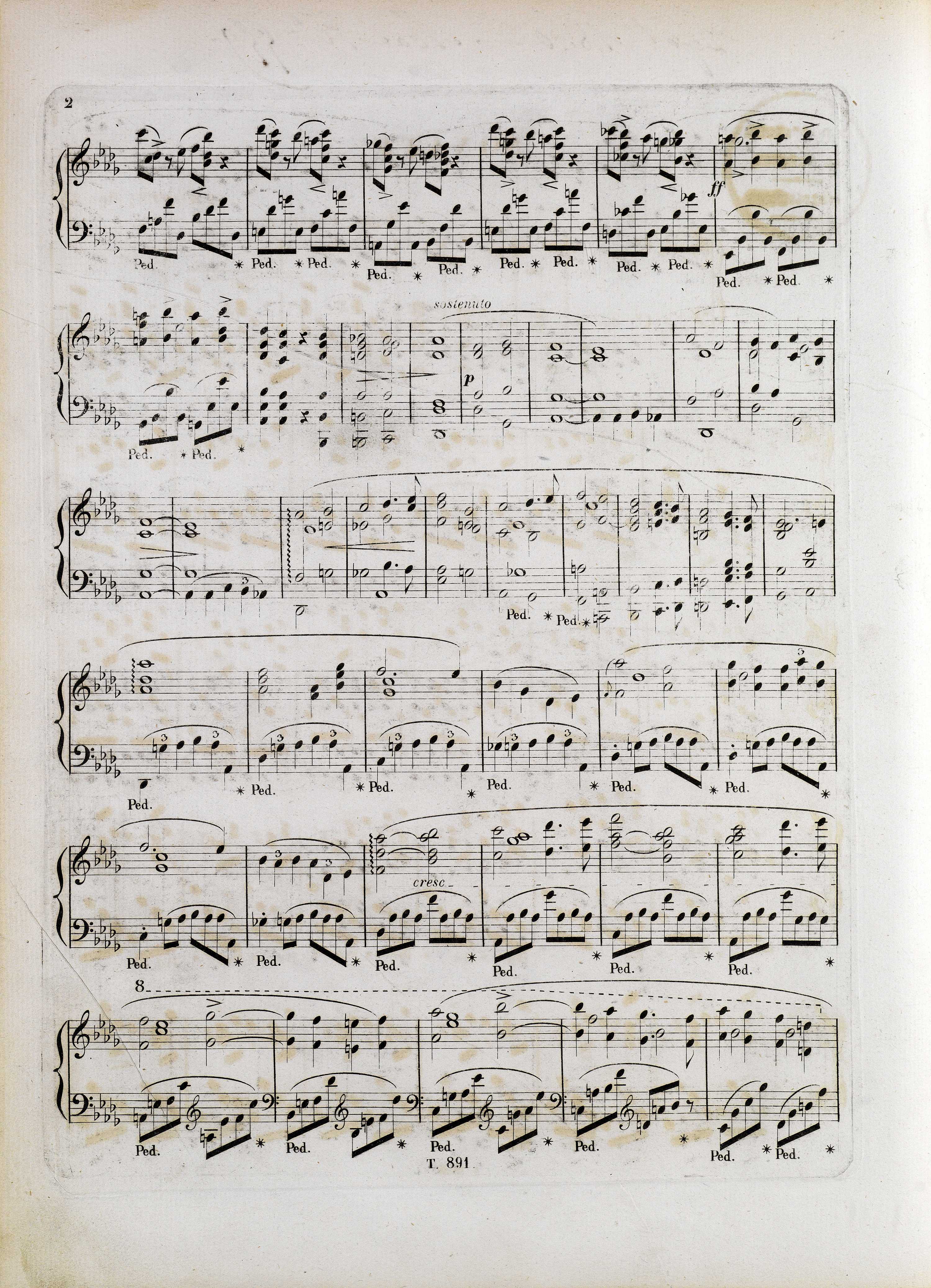



Both in these bars and in the respective place of the recapitulation (bars 199-200), sustention of the topmost note of the phrase led in octaves (bars 65-80 and 193-204) is not clearly indicated in the sources. Although in both places there are convincing arguments for considering the absence of the slurs to be a mistake, one cannot be absolutely certain, particularly considering the fact that each of the source versions seems to be completely convincing from the musical point of view:
- Repetition of the octaves in both places, as it is in GC (→GE), may be considered to be a rhetoric emphasis of the climax; in this version bar 72 (200) integrates already into the crotchet movement of the descending section of the phrase.
- Repetition of the octave only for the second time (in bar 200), as it is in FE, reserves the above effect for the second appearance of this fragment, creating a differentiation, so enjoyed by Chopin.
- In the version of EE, a progressive repetition of the motif together with its characteristic syncopation, develops this phrase, leading to a climax, in the most natural manner.
Compare the passage in the sources »
category imprint: Differences between sources
issues: Errors of GC
notation: Rhythm



